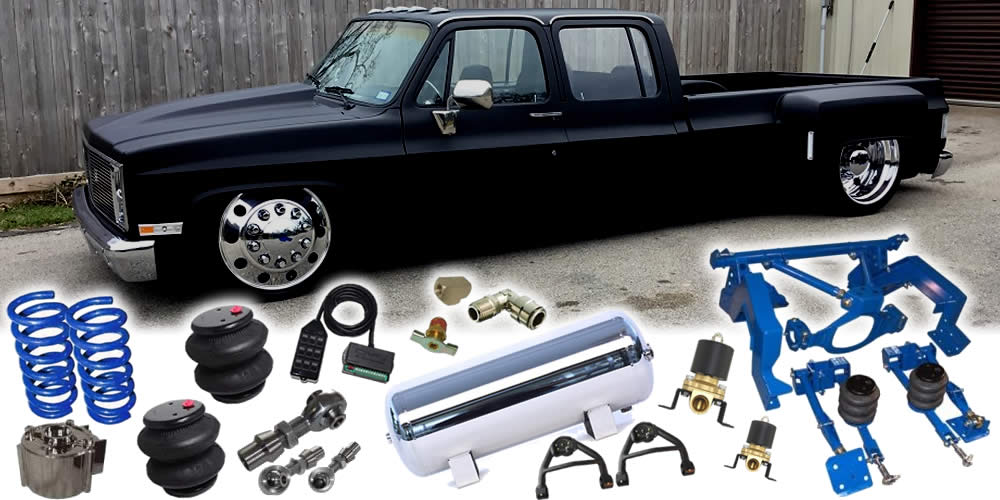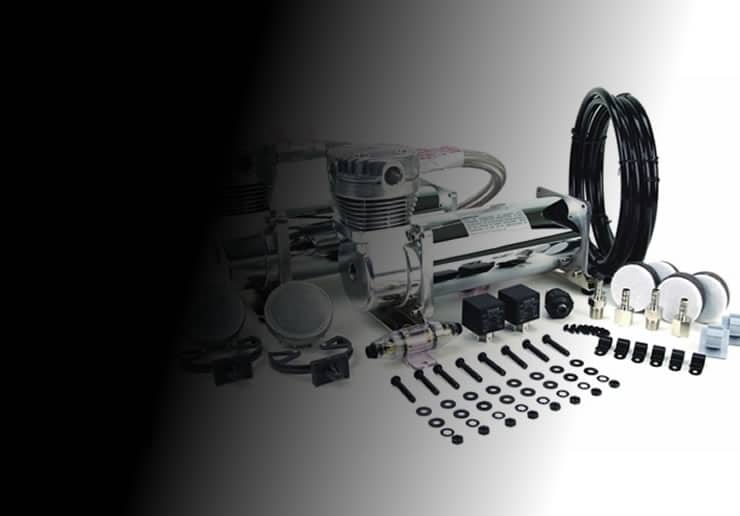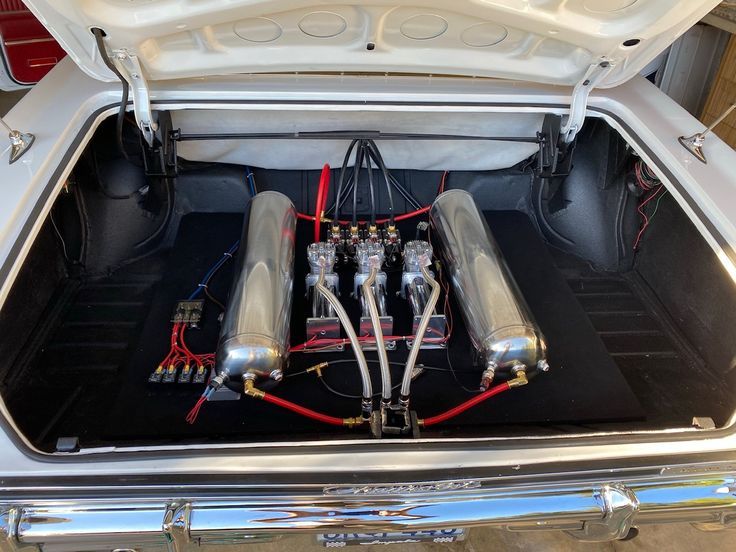Finding the lowdown in your Air Suspension System
Air suspension systems have revolutionized the automotive industry by offering unmatched comfort, improved handling, and adjustable ride height. However, like any complex mechanical system, air suspension components can wear out or fail over time. Among these components, the air suspension compressor is crucial for maintaining optimal air pressure. This guide will help you identify signs of a malfunctioning air suspension compressor and provide steps to diagnose and address the issue effectively.
Understanding the Air Suspension Compressor
The air suspension compressor pressurizes and supplies air to the airbags or air springs, supporting the vehicle’s weight and ensuring a smooth ride. When the compressor malfunctions, it can cause issues such as uneven ride height, poor ride quality, and suspension failure.
Signs of a Bad Air Suspension Compressor
- Abnormal Noises: Unusual sounds like rattling, grinding, or whining from the compressor or suspension system can indicate internal mechanical problems such as worn bearings or damaged pistons.
- Continuous Cycling: If the compressor runs continuously or cycles more frequently than usual, it may indicate a leak or a malfunctioning pressure sensor, leading to premature wear and eventual failure.
- Slow or Uneven Rise: A slow or uneven rise in ride height when the vehicle is started or loaded suggests compressor issues. A properly functioning compressor should quickly inflate the airbags or air springs to the desired height.
- Dashboard Warning Light: Many vehicles have a dashboard warning light for air suspension issues. If this light is on, have the system inspected promptly. While it can indicate various problems, a malfunctioning compressor is a common cause.
- Loss of Air Pressure: A failing compressor may struggle to maintain adequate air pressure, resulting in a lower ride height or suspension sagging, often caused by compressor wear, air leaks, or malfunctioning valves.
Diagnosing and Addressing Compressor Issues
- Visual Inspection: Check the compressor and associated components for damage, leaks, or corrosion. Inspect the compressor unit, air lines, fittings, and airbags for visible abnormalities or wear.
- Listen for Abnormal Noises: With the vehicle running, listen for unusual sounds from the compressor or suspension system. Rattling, grinding, or whining sounds can indicate internal mechanical problems.
- Perform a Pressure Test: Use a pressure gauge or diagnostic tool to measure the air pressure in the suspension system. Compare it to the manufacturer’s specifications. Low pressure may indicate compressor issues or air leaks.
- Check for Leaks: Inspect air lines, fittings, and airbags for air leaks, indicated by hissing sounds or visible air bubbles. A soapy water solution can help identify leaks by forming bubbles at the leak sites.
- Scan for Error Codes: If your vehicle has onboard diagnostics, use a scanner to retrieve error codes related to the air suspension system. These codes can provide valuable insight into the problem.
- Consult a Professional: If you cannot diagnose the issue yourself or if problems persist after basic diagnostics, consult a qualified automotive technician or air suspension specialist for accurate diagnosis and repair.
Where to now …
The air suspension compressor is vital for maintaining optimal ride height and quality in vehicles with air suspension systems. By understanding the signs of a failing compressor and following the diagnostic steps outlined in this guide, you can address compressor issues effectively and ensure the reliability and performance of your vehicle’s air suspension system. Regular maintenance and prompt repairs are essential for prolonging the compressor’s lifespan and preserving the system’s overall functionality.




